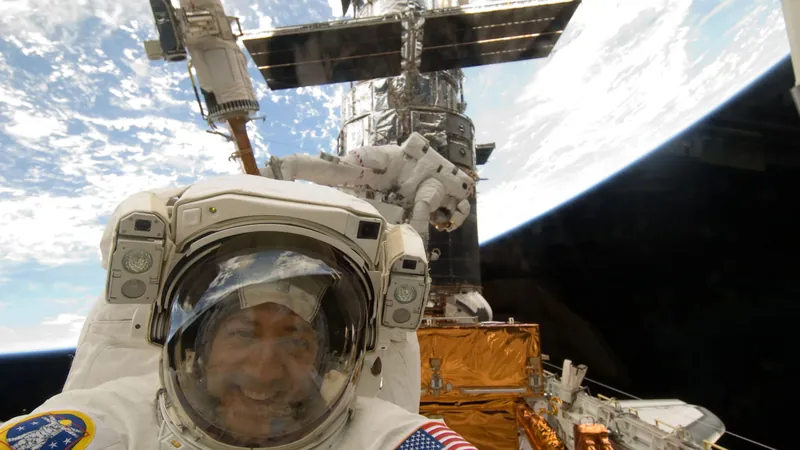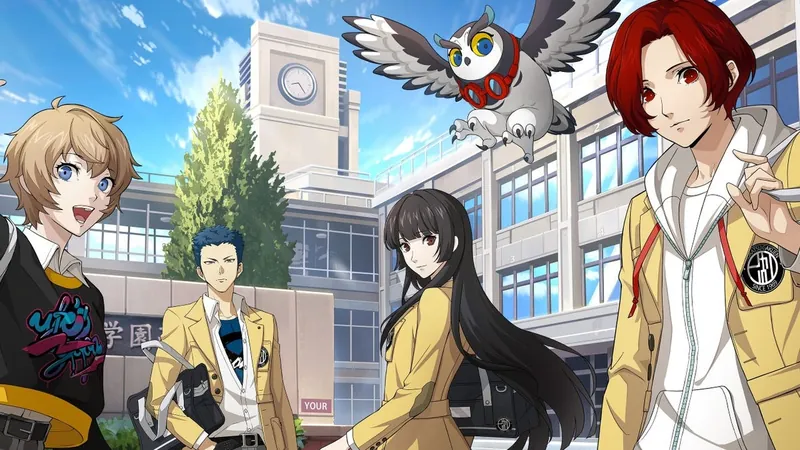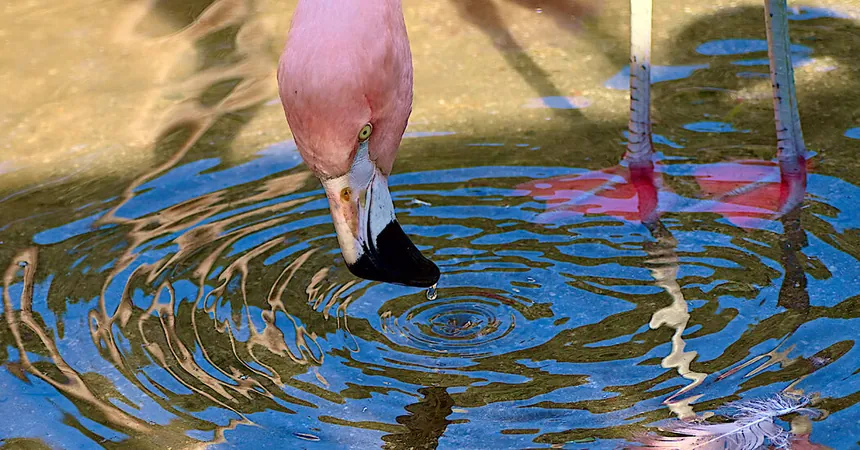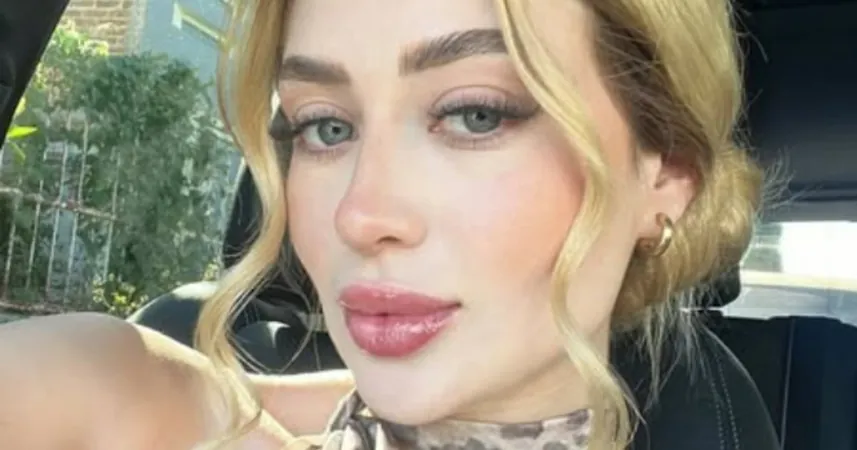
Will Astronauts Revive the Hubble Space Telescope One Last Time?
2025-04-24
Author: Wai
Hubble: A Cosmic Icon Defying Time
The Hubble Space Telescope, launched into Earth’s orbit 35 years ago, continues to be a cornerstone of astronomical research, thanks to its ingenious design and the relentless dedication of a team of spacewalkers. Initially marred by a critical flaw in its mirror, Hubble almost became a laughing stock, jeopardizing its incredible mission to explore the universe.
A Historic Fix and Beyond
In a spectacular turn of events, astronauts came to the rescue in December 1993 during a space shuttle mission, rectifying the mirror issue and granting Hubble the clarity required to unveil the wonders of the cosmos. This marked just the first of five servicing missions, with the telescope receiving crucial upgrades and repairs each time, ensuring its operation for over three decades.
Hubble's Aging Challenges
However, age is catching up with Hubble. Recent technical difficulties have forced the mission team to operate the telescope in a ‘one-gyro mode’ after one of its gyroscopes failed. Currently, only two of its six gyroscopes are operational, making it more challenging to shift its focus quickly. The most pressing concern, though, is Hubble’s gradual descent due to orbital decay – a phenomenon caused by atmospheric drag that could lead to a fiery end in about ten years if left unaddressed.
A Bold Proposal for Revival
In a thrilling twist, billionaire entrepreneur Jared Isaacman proposed a private mission in 2022 to boost and potentially refurbish Hubble, utilizing a SpaceX Falcon 9 rocket and Dragon crew capsule. This initiative was envisioned as part of Isaacman's Polaris Program, which aims to expand the frontiers of private space exploration. His previous success with the all-private Inspiration4 mission lent credibility to this ambitious proposal, prompting NASA to assess its feasibility.
NASA's Hesitant Response
Despite the excitement surrounding Isaacman’s plan, NASA ultimately decided not to move forward, citing concerns about the associated risks. The Dragon capsule was not originally designed for servicing missions, lacking key elements like a robotic arm and airlock, and posed potential contamination risks to Hubble’s sensitive instruments. Additionally, a significant gap in institutional knowledge raised alarms, as many experts from the last servicing mission nearly sixteen years ago had retired.
A Future Full of Possibilities
NASA remained open to reconsideration, emphasizing that if the stakes change—such as if Hubble's situation deteriorates further—they might revisit the possibility of the mission. Mark Clampin from NASA’s Astrophysics Division in June hinted that a future plan could arise if long-term scientific benefits outweigh immediate risks.
Leadership Changes Ahead
In a twist of fate, Isaacman is now in line to become NASA's next administrator, after receiving a nomination from President Donald Trump. If confirmed, his passion for the Hubble mission might reignite interest in a private servicing effort. Isaacman has expressed strong belief in the potential of such missions to advance commercial space capabilities and extend Hubble’s operational life.
An Uncertain but Hopeful Future
With Isaacman’s successful Polaris Dawn mission showcasing unprecedented capabilities like private spacewalks, the vision for Hubble’s revival could soon become a reality. As time ticks away, the world watches in anticipation—will Hubble’s iconic legacy receive the boost it desperately needs, or is its fiery descent inevitable? Only time will tell.




 Brasil (PT)
Brasil (PT)
 Canada (EN)
Canada (EN)
 Chile (ES)
Chile (ES)
 Česko (CS)
Česko (CS)
 대한민국 (KO)
대한민국 (KO)
 España (ES)
España (ES)
 France (FR)
France (FR)
 Hong Kong (EN)
Hong Kong (EN)
 Italia (IT)
Italia (IT)
 日本 (JA)
日本 (JA)
 Magyarország (HU)
Magyarország (HU)
 Norge (NO)
Norge (NO)
 Polska (PL)
Polska (PL)
 Schweiz (DE)
Schweiz (DE)
 Singapore (EN)
Singapore (EN)
 Sverige (SV)
Sverige (SV)
 Suomi (FI)
Suomi (FI)
 Türkiye (TR)
Türkiye (TR)
 الإمارات العربية المتحدة (AR)
الإمارات العربية المتحدة (AR)